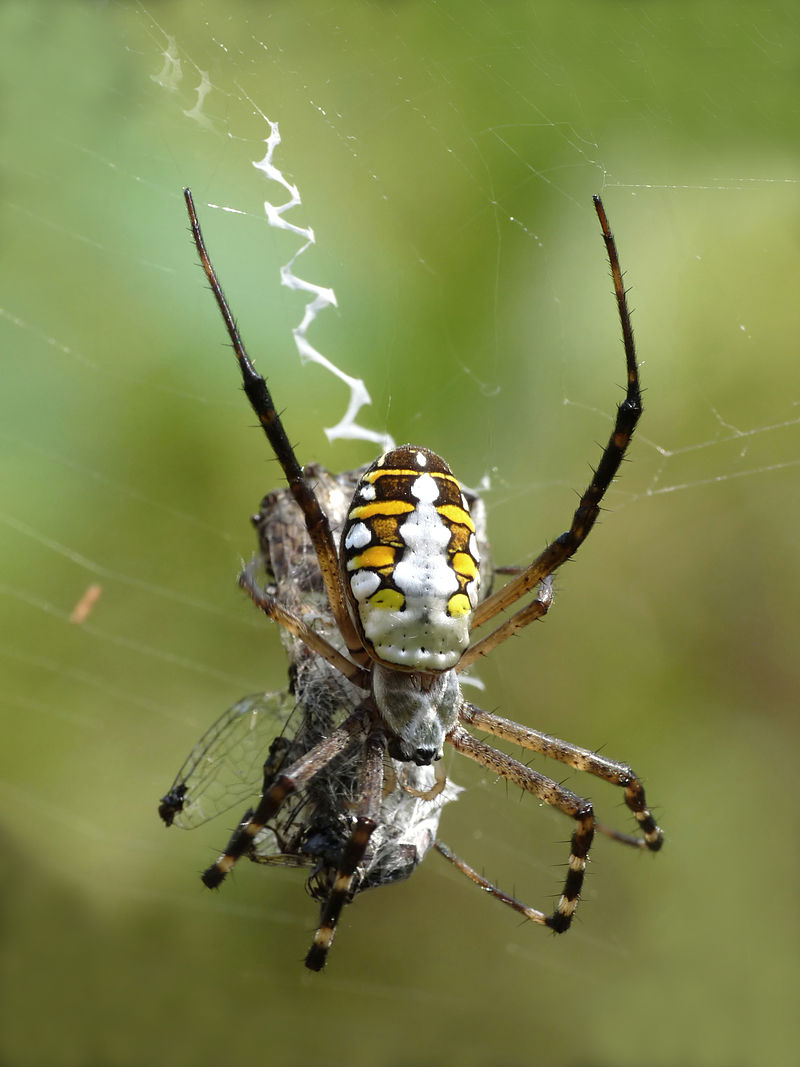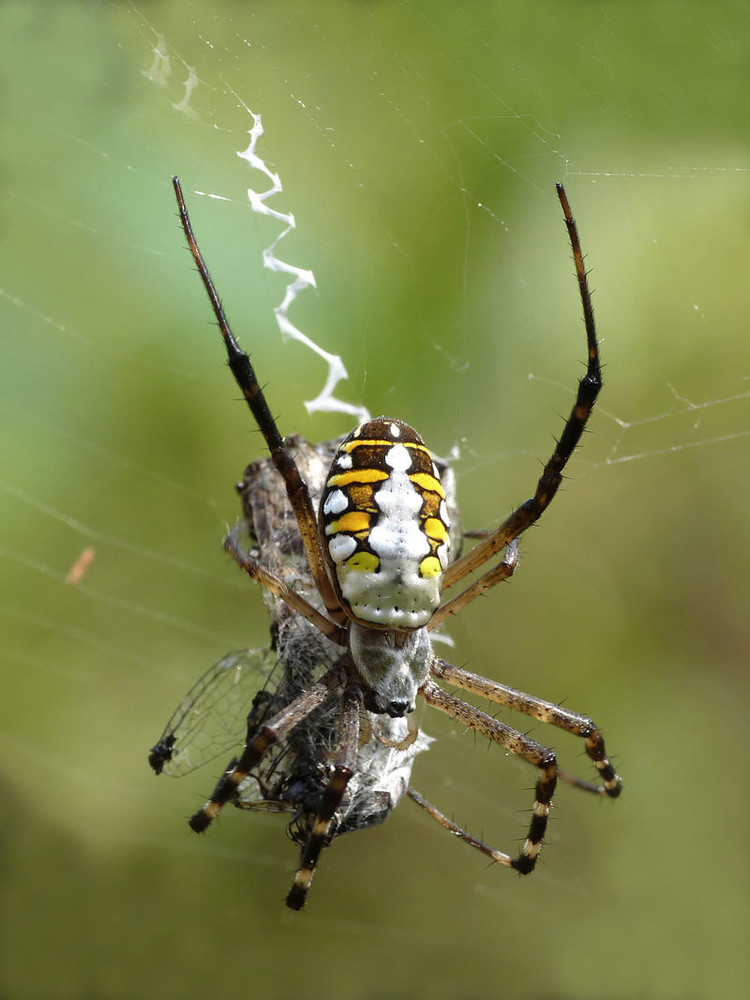A friend of gardeners around the world, orb weaving spiders tend to construct elaborate webs, working during the evening hours. They're often found in the morning, resting within the large-spanning, intricate webs built overnight across garden plants or nearby structures.

In 2007, a mysterious spiderweb spanned several acres of farmland in Texas, covering trees and turning brown with its load of hopelessly trapped mosquitoes. In 2009, the Baltimore Wastewater Treatment Plant put out a call for “extreme spider” help when a giant spiderweb covered almost 4 acres of their facility. The number of spiders in this enormous web structure was estimated at over 107 million.

According to entomologists, similar sprawling web systems spring up every couple of years. These super-webs are often the result of the work of several different spider species working together to trap local midges. They typically occur near water or after extensive flooding leads populations of smaller insects to hide out in nearby trees.

(Images via Wikipedia.)

